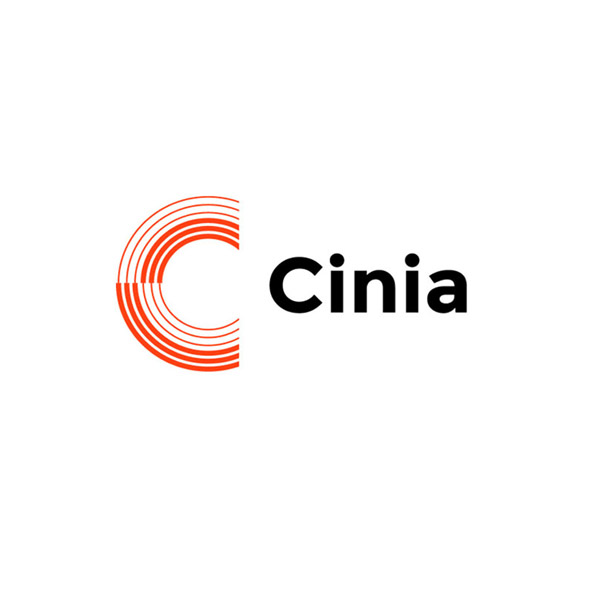CONNECTING EUROPE AND ASIA THROUGH THE ARCTIC
Alaskan telecommunications company Far North Digital, has signed a Memorandum of Understanding (MoU) with Cinia to jointly build a submarine fiber optic cable system that will link Europe and Asia through the Arctic.
Joined by other parties such as True North Global Networks and Alcatel Submarine Networks, the joint network will run from Japan, via the Northwest Passage, to Europe with landings in Alaska and the Canadian Arctic. European landings are planned in Norway, Finland and Ireland.
“This cable system is more than a way to speed and improve the security of telecommunications between nations, it is a bridge over the digital divide, providing Northern communities with better opportunities for sustainable self-determination through economic development, enhanced educational options, and improved access to healthcare. Furthermore, it will serve as a platform that offers science a new and enhanced ability to conduct research into climate change,” said Guy Houser, Chief Technical Officer of Far North Digital.
“There is an increasing demand for secure and fast international connectivity with new diverse routes. Spanning three of the world’s largest internet adopting continents the Far North Fibre will be a true global venture,” said Ari-Jussi Knaapila CEO of Cinia.
As planned, Alcatel Submarine Networks (ASN) will take the lead on project design and installation while True North Global Networks is working with Indigenous organizations and local governments to develop branch landings in Arctic Canada.
The 16,500 kilometer fiber optic cable system is expected to transit geopolitically stable and seismically safe regions and greatly reduce the optical distance between Asia and Europe, thus minimizing signal latency.
“The Arctic connection between Japan and northern Europe has long been a shared passion of Japan and Cinia, as the diversity of international connections is vital to the island country. This connection provides excellent support for the Japanese government’s digitalization development program,” said Jun Murai, Professor at Keio University and Special Adviser to the Japanese Cabinet.
Estimated to cost 1.48 billion CAD (1.15 billion USD), the cable project is expected to come online by the end of 2025.
 / Daily News…
/ Daily News…
